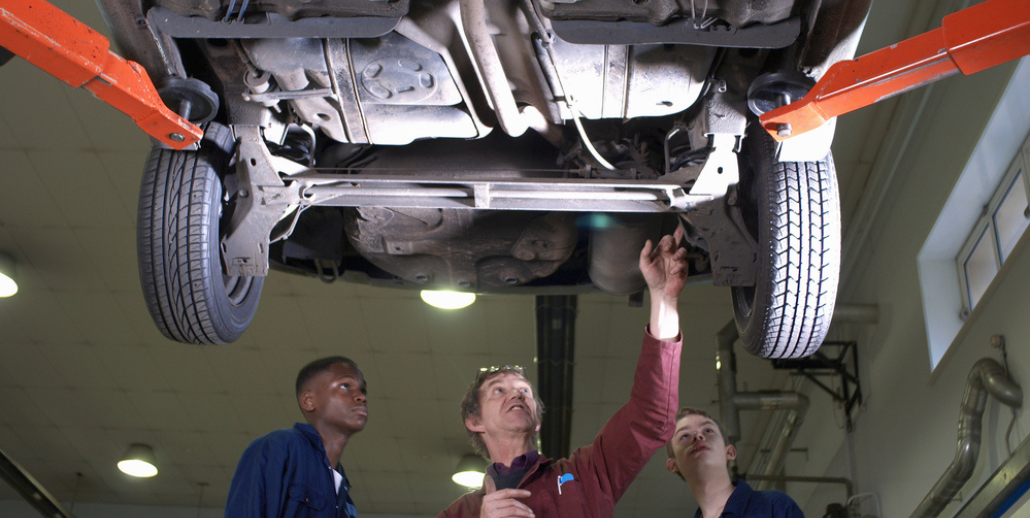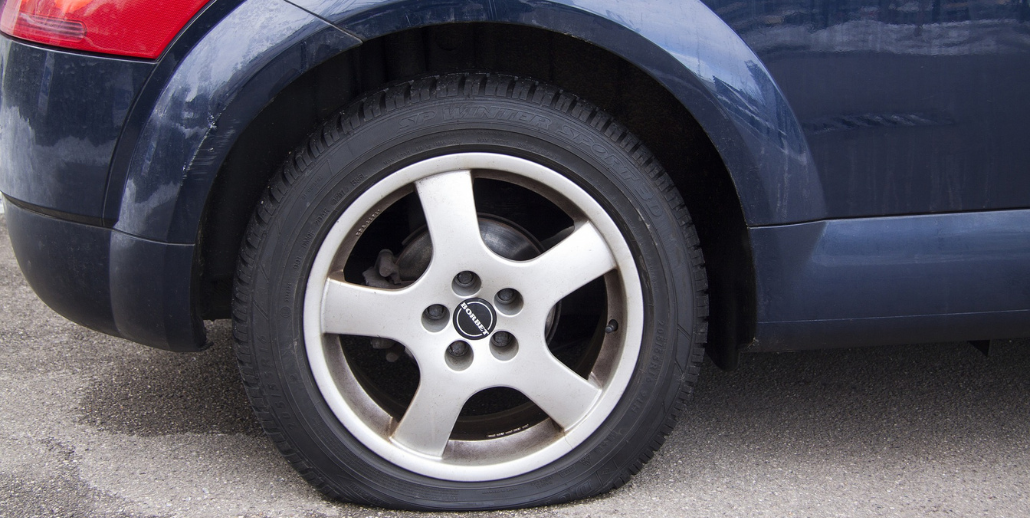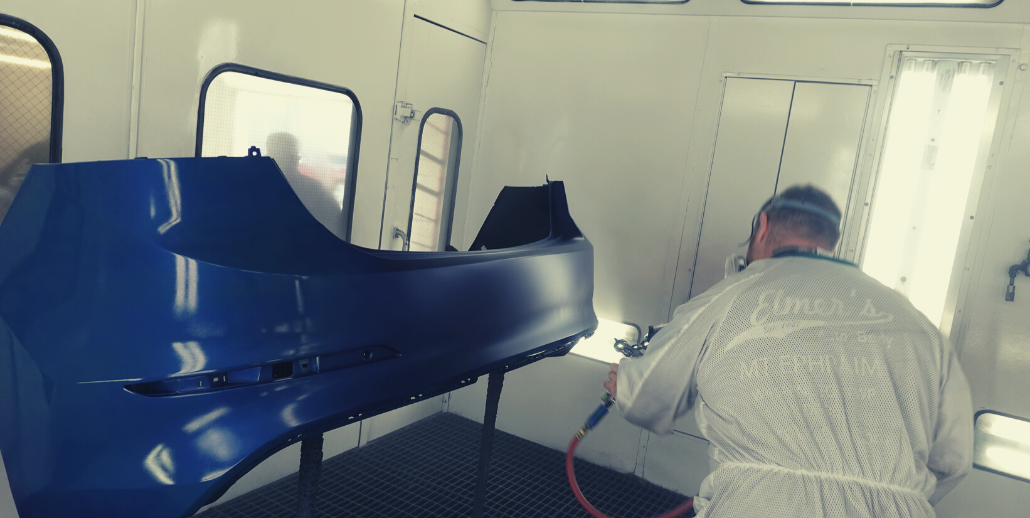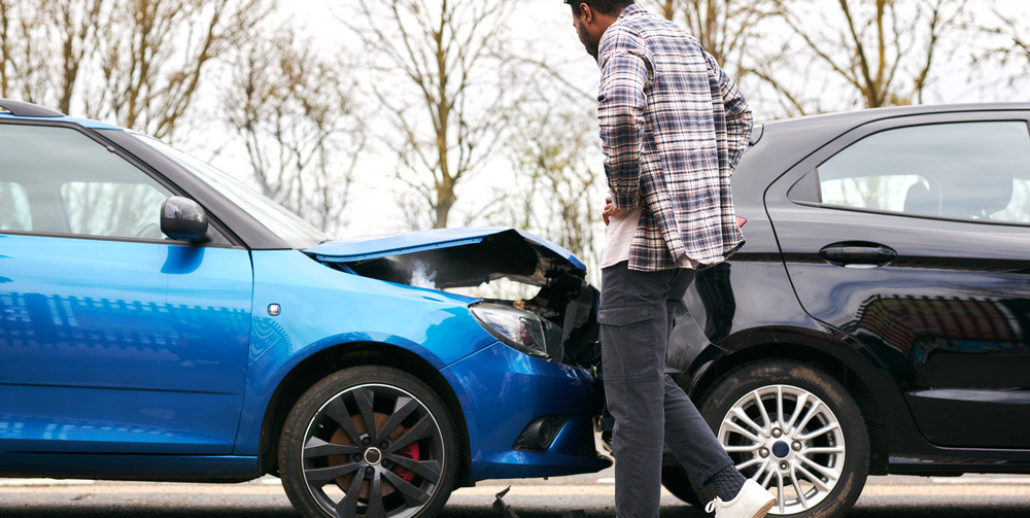Every car will get damaged at some point, but frame damage is one of the most serious kinds. The frame and the engine are the two most crucial pieces of any vehicle, so frame damage must not be ignored. If you let this kind of thing go, it will only become worse and could become a serious safety hazard. For those who have never had to deal with this situation before, let’s go over the basics of car frame damage.
Uni-Frame Vs. Body-On-Frame Designs
You will need to know what kind of frame your vehicle might have. There are two basic types, referred to as “uni-frame” and “body-on-frame.” As you might guess from the name, a uni-frame is a combination of frame and body. The two pieces are fused together (usually through welding) so that they are one unified piece. Most passenger automobiles have this kind of frame, so this is most likely what you have.
Body-on-frame vehicles, on the other hand, have a separate body and frame. These two pieces will be bolted together for stability, but they are still two different parts. These frames are most often seen in large vehicles like trucks, SUVs, and buses. For these large vehicles, a uni-body frame would be impractical. The complications of shipping such a large uni-frame alone make it more sensible to keep the two parts separated.
What Does A Vehicle Frame Do?
A vehicle frame serves several purposes, but it’s mostly there to serve as the “skeleton” on which the rest of the vehicle is built. Like an actual skeleton, it is also there to provide support for everything else. Apart from that, a frame is also there to provide protection for the car and its occupants in the event of a collision.
How Can I Tell If My Vehicle’s Frame Is Damaged?
It can be difficult to recognize frame damage if it isn’t particularly severe. Sometimes, of course, it is obvious. If your car has suffered a collision that is bad enough to render the vehicle unusable, it is time to get checked out for frame damage. For those cases which are not so obvious, here are a few potential warning signs:
- Wheels are out of alignment and/or don’t track properly
- Body panels have become misaligned
- Uneven tire wear
- Strange grinding or rattling sounds
- The vehicle no longer sits parallel to the ground
Repair Or Replace?
When it comes to frame damage, you need to remember that this is a safety issue. If you should happen to suffer another collision, a damaged frame could reduce your protection and make injury (or even death) more likely. That is why replacement is preferable to repair. The good news is that you don’t always necessarily have to replace the entire frame. Most vehicles are made in such a way that you can replace one section of the frame when needed.
We would recommend that you always consider replacing the vehicle if it has suffered major frame damage. Most people recommend that you avoid buying a car with frame damage (no matter how cheap it may be). In like manner, you shouldn’t drive one like that, either. Yes, replacement tends to be more expensive, but how much is your life worth to you?
Frame Components
When a mechanic refers to your frame, they will probably refer to one of the frame components. It pays to understand these terms so that you know what your mechanic means:
- Core support: The front part of the frame where the radiator sits
- Unirail: Two beams located at the front and back
- Strut Tower: four pillars at the corners of the vehicle
- Apron: Front inner fender areas
- Firewall: The wall-like section that separates the engine from the cabin
- Floor pan: The metal sheet that makes up the floor of the vehicle
- A-B-C Pillars: Vertical support pillars
- Rocker panels: Located between the wheels and under the doors
- Quarter panel: The panels that make up the front and back corners
Conclusion
The most important thing to remember is the fact that frame damage is very serious. If you have been in a collision and you suspect that frame damage has occurred, it is crucial that you get your vehicle to a trusted mechanic as soon as possible. Even if there is no frame damage, you will want to confirm that fact rather than trust your initial impression. With this in mind, you might be asking: “where is the closest auto body shop near me?” The answer to that question is Elmer’s Auto Body, as we have been providing the best auto body service in South Jersey for over 75 years. If you would like to learn more about frame repair or replacement services, give us a call at (856) 218-0202.






